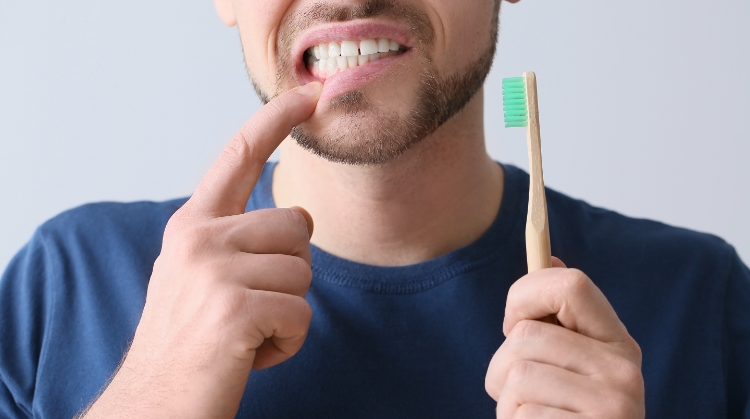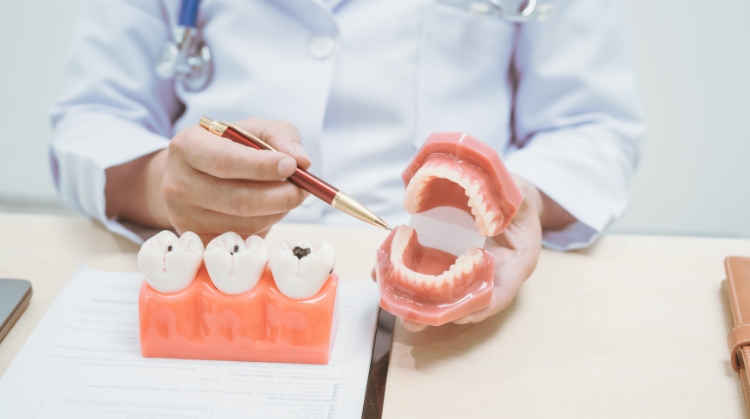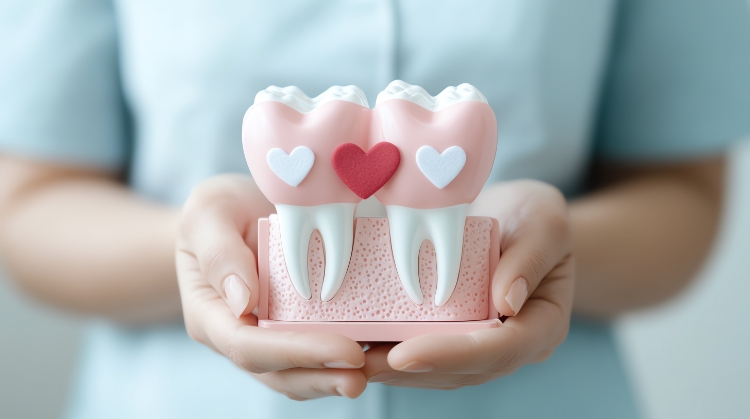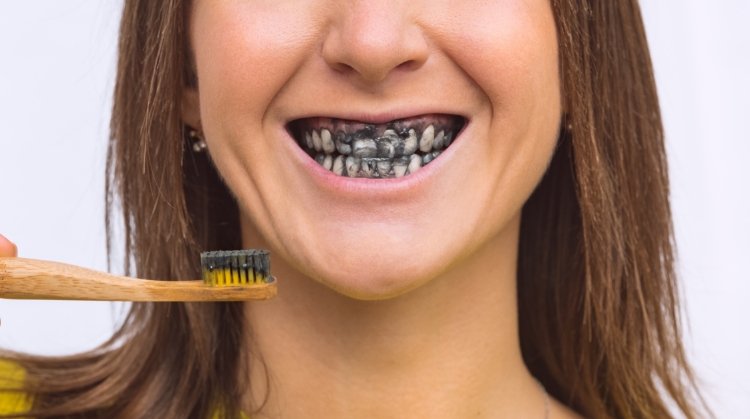If you’ve noticed your gums bleeding when you brush or floss, you’re not alone. Many people in Bellingham, WA experience this common dental issue, but that doesn’t mean it should be ignored. Bleeding gums can be an early warning sign of more serious oral health problems. Fortunately, with proper care and the help of your trusted Bellingham dentist, you can get your gum health back on track.
Common Causes of Bleeding Gums
1. Gingivitis
The most common cause of bleeding gums is gingivitis—the earliest stage of gum disease. When plaque builds up along the gumline, it can cause inflammation, redness, and bleeding. If left untreated, gingivitis can progress to periodontitis, a more serious condition that can lead to tooth loss.
2. Brushing Too Hard
While it’s important to brush your teeth, using too much force or a hard-bristled toothbrush can irritate your gums and cause them to bleed. Gentle brushing with a soft-bristled toothbrush is all you need to keep your teeth clean without harming your gums.
3. Flossing Incorrectly or Inconsistently
If you’ve just started flossing or you floss irregularly, your gums might bleed at first. This is because your gums are not yet accustomed to the cleaning motion. With consistent and correct flossing, the bleeding usually subsides within a week or two.
4. Vitamin Deficiencies
A lack of vitamin C and vitamin K in your diet can make your gums more prone to bleeding. These vitamins play a crucial role in maintaining healthy gums and overall oral health.
5. Medications
Certain medications, such as blood thinners, can increase the likelihood of gum bleeding. If you’ve recently started a new medication and noticed bleeding gums, it’s a good idea to discuss it with both your doctor and your dentist.
6. Smoking and Tobacco Use
Smoking weakens your immune system, making it harder for your body to fight off gum infections. It also makes it more difficult for your gums to heal, leading to persistent bleeding and other gum issues.
How to Stop Your Gums from Bleeding
Regular Dental Visits
Professional cleanings and regular dental checkups are key to preventing and treating gum problems. Love Dentistry in Bellingham, WA offers comprehensive gum care, including deep cleanings and personalized advice to help you maintain healthy gums.
Practice Good Oral Hygiene
The foundation of healthy gums is consistent, gentle oral hygiene. Brush twice a day using a soft-bristled toothbrush and fluoride toothpaste. Don’t forget to floss daily to remove plaque and food particles from between your teeth and along the gumline.
Choose the Right Tools
Switch to a soft-bristled toothbrush and consider using an electric toothbrush, which can be more effective at cleaning without applying too much pressure. An antimicrobial mouthwash can also help reduce plaque and bacteria.
Improve Your Diet
Incorporate more fruits and vegetables rich in vitamin C, like oranges, strawberries, and bell peppers. Leafy greens like spinach and kale are excellent sources of vitamin K. A balanced diet will not only support your oral health but also boost your overall well-being.
Quit Smoking
If you smoke, quitting is one of the best things you can do for your gums—and your overall health. Smoking cessation can help your gums heal and reduce your risk of gum disease and tooth loss.
Stay Hydrated
Drinking plenty of water helps wash away food particles and bacteria, keeping your mouth clean and your gums healthy.
When to See Your Dentist
If your gums continue to bleed despite improving your oral hygiene, or if you experience other symptoms like bad breath, gum swelling, or loose teeth, it’s time to schedule an appointment. Persistent bleeding gums could be a sign of advanced gum disease or another underlying health issue that needs professional attention.
Protect Your Gum Health Today
Bleeding gums should never be ignored. By taking early action, you can prevent more serious dental problems and keep your smile healthy for years to come. If you’re in Bellingham, WA and concerned about your gums, Love Dentistry is here to help. With gentle, personalized care and advanced treatments, we’ll work together to restore your gum health.
Schedule your appointment today with Love Dentistry in Bellingham, WA—because your smile deserves the best care!















